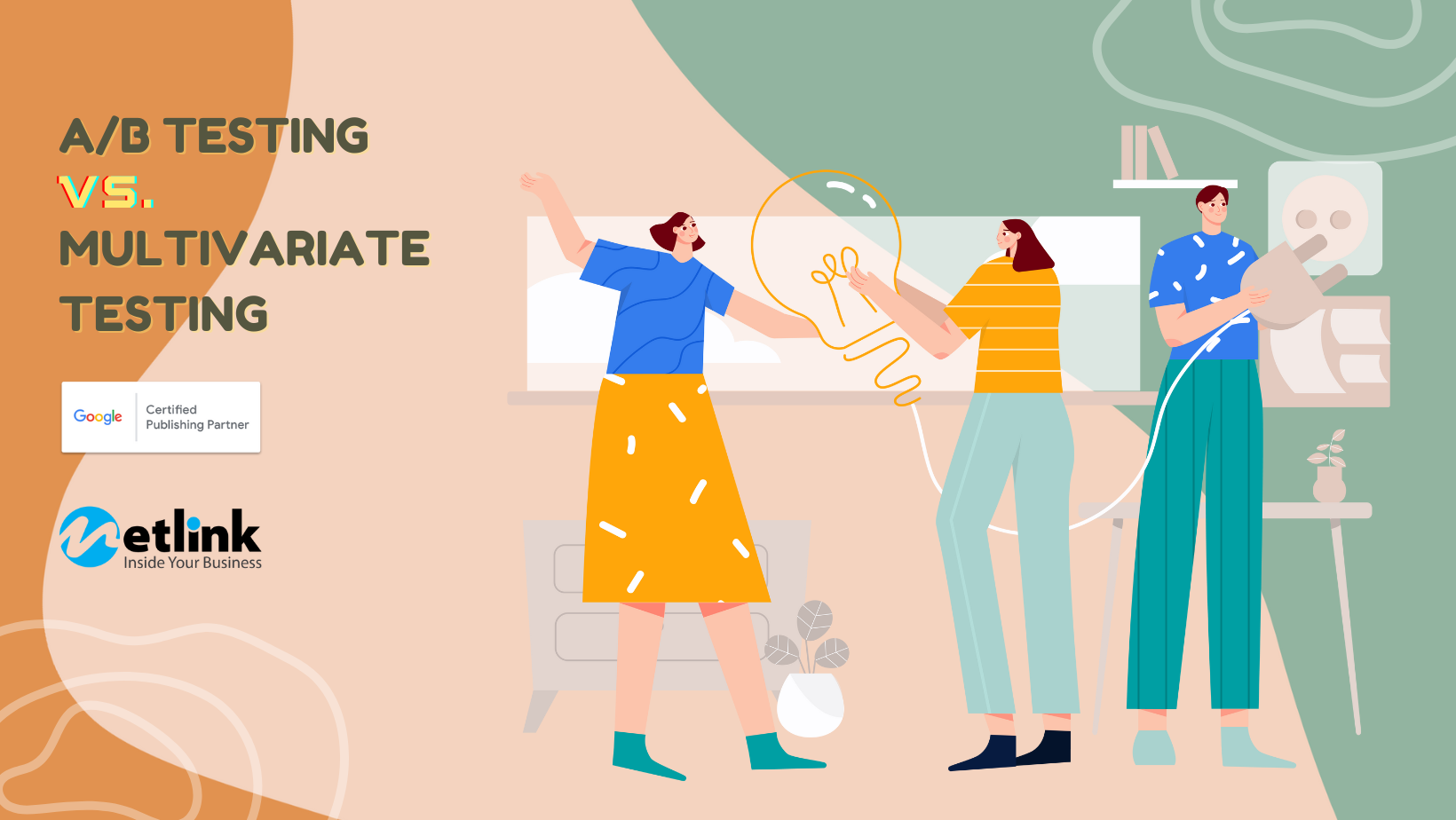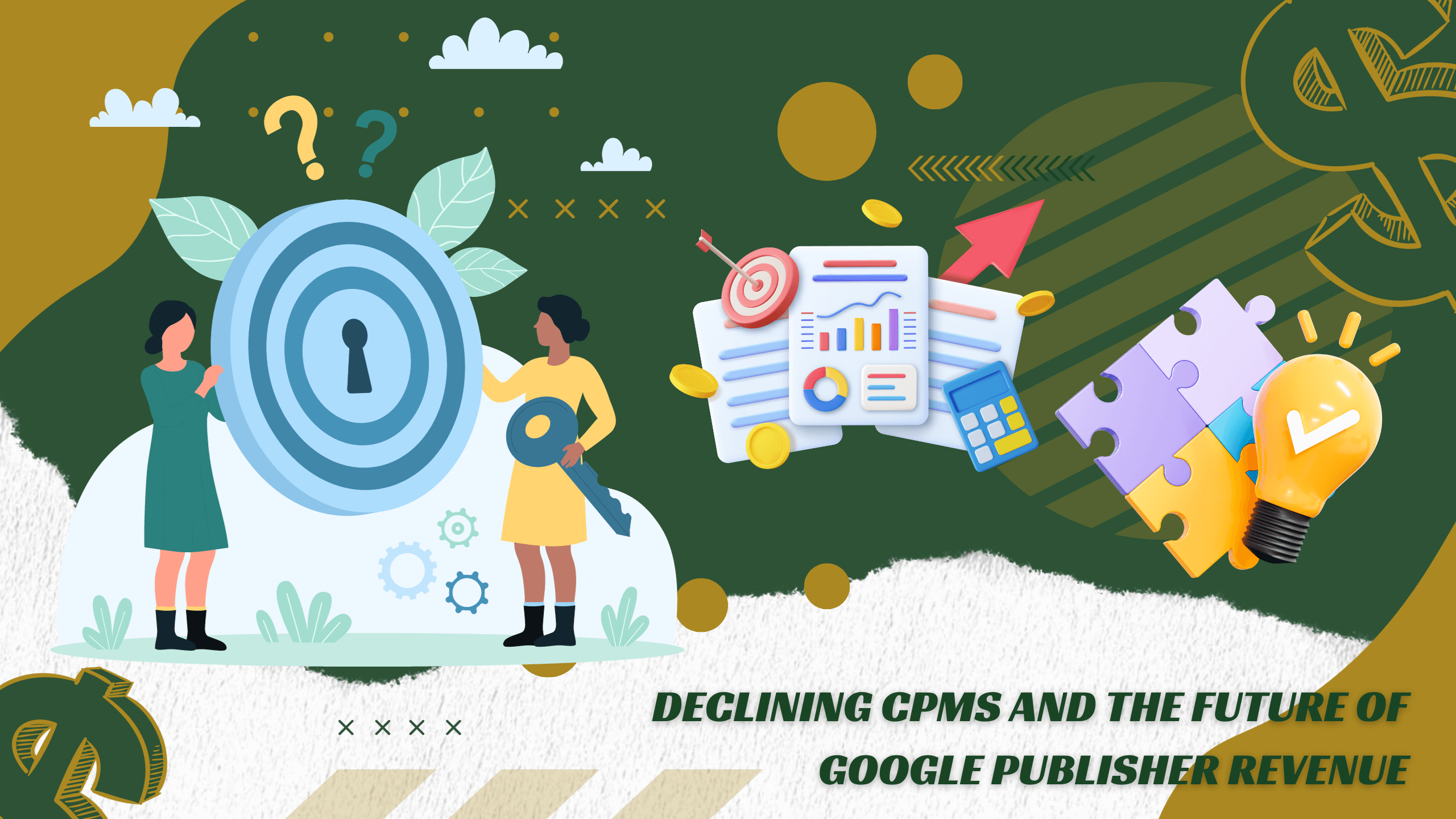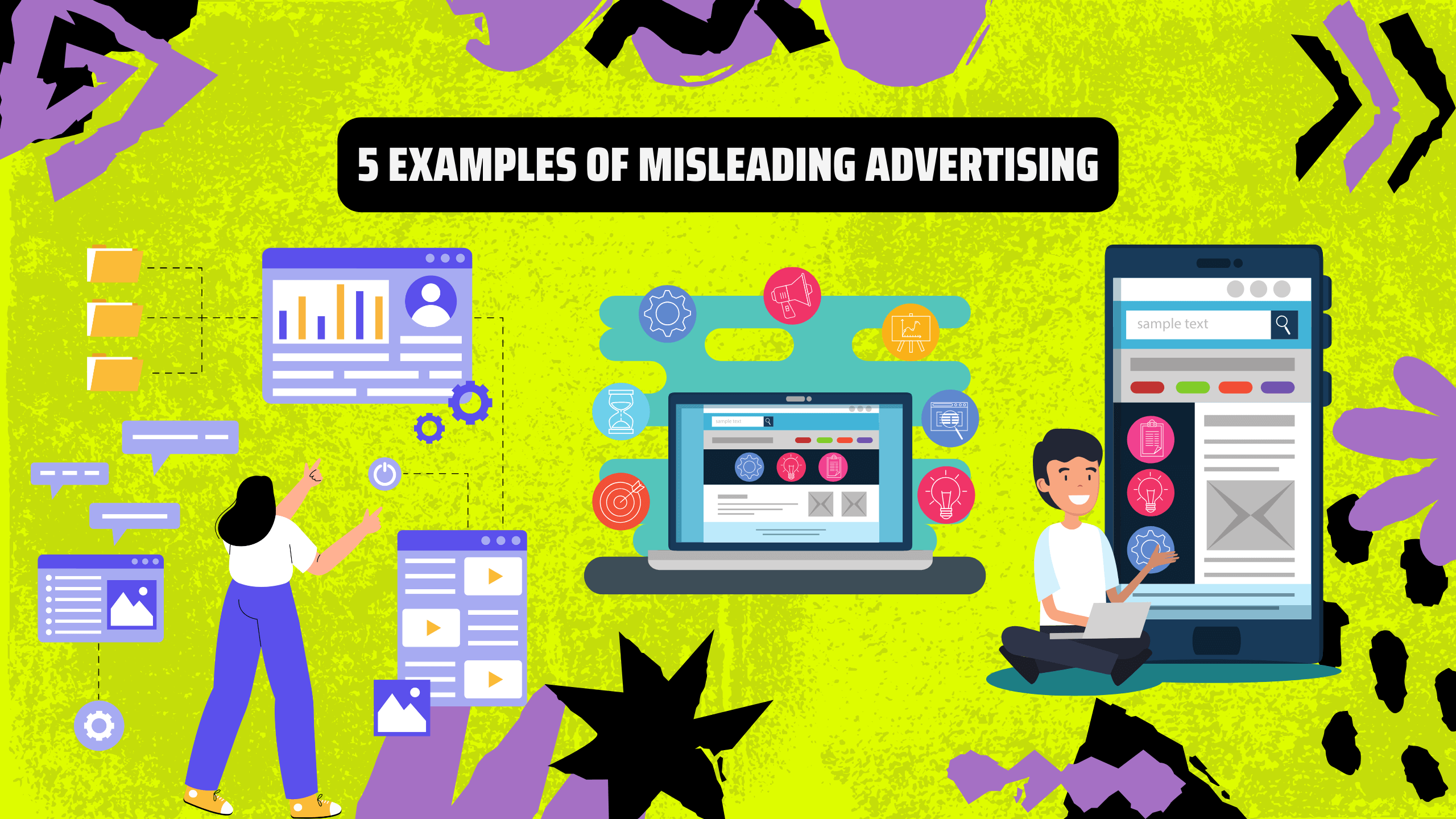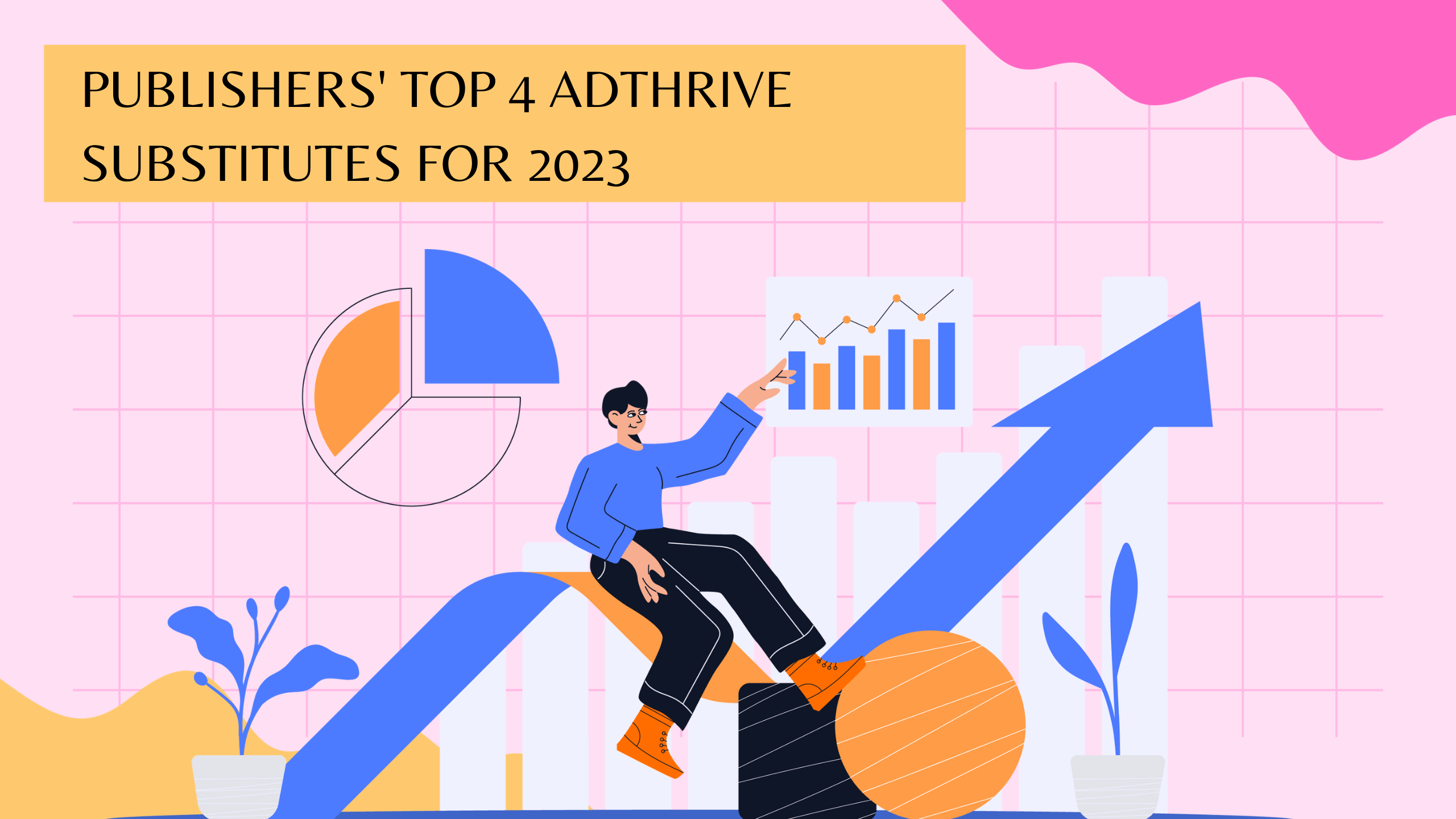In the ever-evolving landscape of digital publishing, Google Publishers are constantly on a quest to enhance user experiences, optimize content, and maximize revenue. In previous blogs, we explored the importance of A/B testing and delved into the intricacies of multivariate testing. Now, it’s time to embark on a journey of comparison to determine which testing methodology is best suited for Google Publishers’ specific needs. Both A/B testing and multivariate testing hold immense potential for refining websites and apps, but they operate differently and serve distinct purposes. Let’s unravel the nuances of each and help publishers make informed decisions about their testing strategies.
I. The Essence of A/B Testing:
A/B testing, also known as split testing, is a method that allows Google Publishers to compare two versions of a web page or app. The goal is to determine which one performs better in terms of user engagement, conversions, or other defined metrics. Typically, it involves creating two variants: the current version (A) and a modified version (B). These variants are shown to users randomly, and their interactions are closely monitored and analyzed.
Key Aspects of A/B Testing:
Simplicity: A/B testing is straightforward to implement, making it accessible to publishers.
Single Variable Focus: It’s ideal for assessing the impact of a single change, such as altering a button’s colour.
Quick Insights: A/B testing provides reliable results quickly, as changes are isolated for measurement.

Benefits of A/B Testing:
Data-Driven Decision-Making: Publishers gain insights into user preferences through real-time data.
Enhanced User Experience: Incremental improvements accumulate, creating a better overall experience.
Higher Conversion Rates: Refinements based on A/B tests can lead to increased engagement and conversions.
Read more about A/B Testing
II. Multivariate Testing Explored:
Multivariate testing takes experimentation to the next level by enabling Google Publishers to test multiple variations of different elements simultaneously. Instead of comparing entire pages, multivariate testing focuses on fine-grained changes within a page or app, such as headlines, images, or button placements. Each element variation is combined with others to create different combinations for testing.
Read more about Multivariate Testing.
Key Aspects of Multivariate Testing:
Complexity: Multivariate testing is intricate and involves numerous variations and interactions among elements.
Multi-Variable Examination: It allows publishers to assess the combined impact of multiple changes on user behaviour.
Resource Demands: Due to its complexity, multivariate testing may require more time and resources for setup and analysis.
Benefits of Multivariate Testing:
Comprehensive Insights: Multivariate testing provides a deeper understanding of user preferences by examining various elements simultaneously.
Optimized Pages: Publishers can fine-tune multiple aspects of their content and design for improved performance.
Efficiency: Changes are tested comprehensively, ensuring that the most effective combinations are implemented.
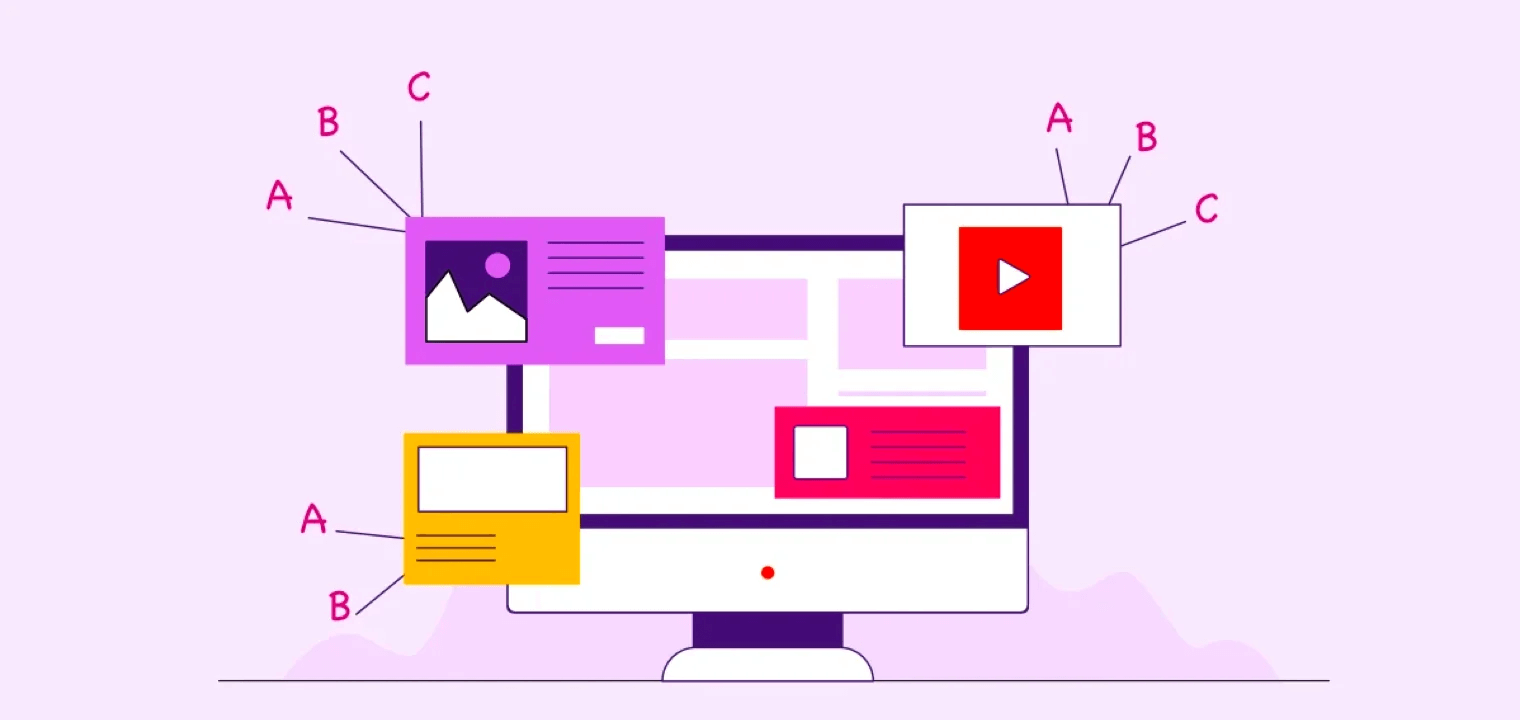
III. Choosing Between A/B and Multivariate Testing:
Selecting the right testing method depends on the specific objectives, resources, and complexity of the optimization task. Google Publishers must carefully consider their goals and the extent of changes they wish to explore.
A/B Testing:
Specific Element Changes: A/B testing is suitable when publishers want to experiment with a single element without affecting the entire page’s layout.
Limited Resources: If time and resources are limited, A/B testing allows for swift insights and adjustments.
Early Stage Testing: In the initial stages of development or when exploring new ideas, A/B testing provides valuable insights without overwhelming complexity.
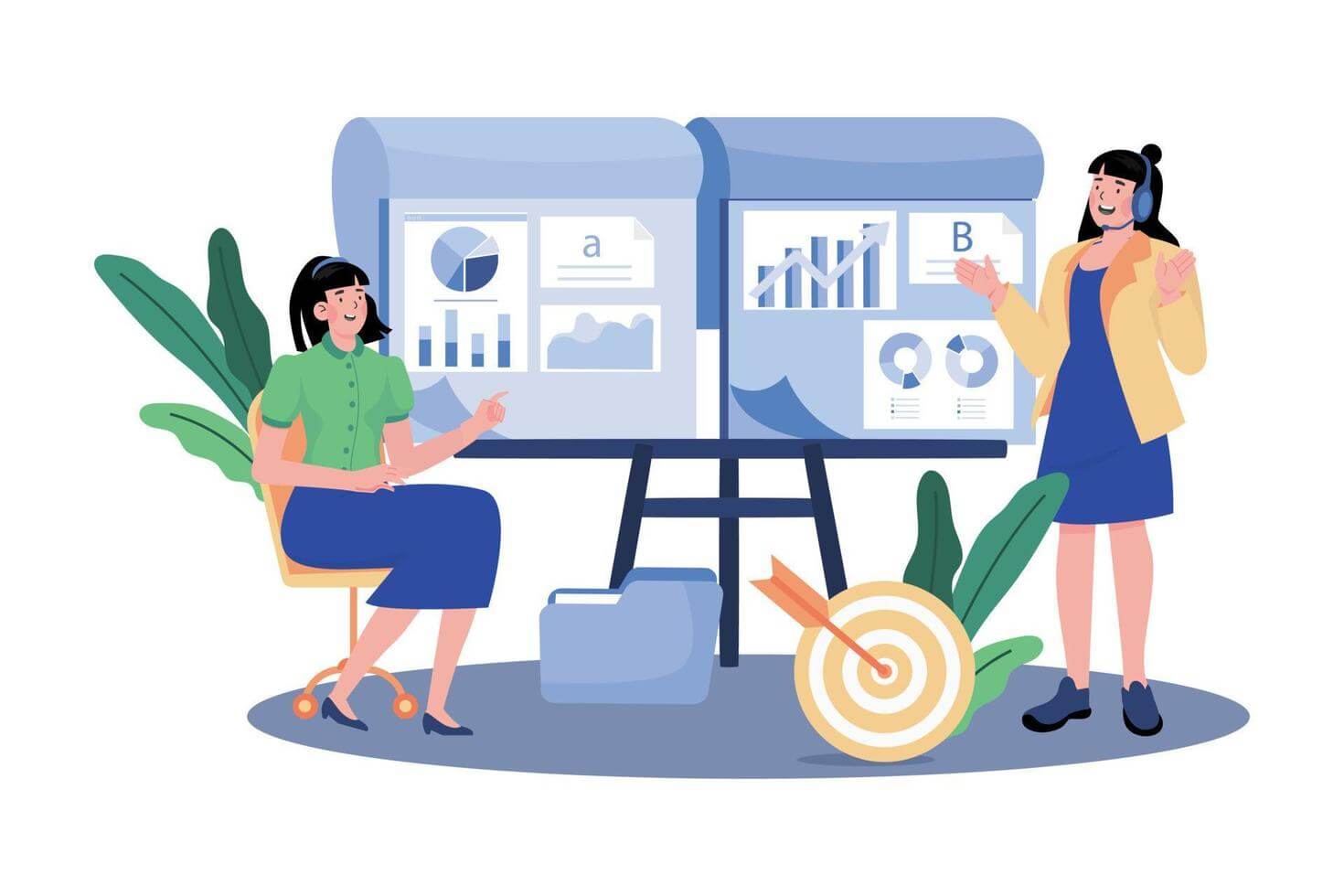
Multivariate Testing:
Multiple Element Changes: Multivariate testing shines when publishers seek to optimize multiple elements and understand how they interact to influence user behaviour.
In-Depth Insights: It offers a deeper understanding of user preferences and how various elements work together.
Advanced Optimization: When aiming for significant improvements that require thorough experimentation.
Established Platforms: Multivariate testing is suitable for mature websites or apps where comprehensive optimization is key.
IV. Conclusion:
In the ever-evolving world of digital publishing, A/B testing and multivariate testing are invaluable tools for optimizing user experiences and maximizing revenue. Publishers should thoughtfully assess their objectives, available resources, and the scope of changes to determine whether to embark on the straightforward A/B testing journey or dive into the more complex multivariate testing adventure. Ultimately, the choice should align with the pursuit of perfection in the dynamic realm of digital publishing.

